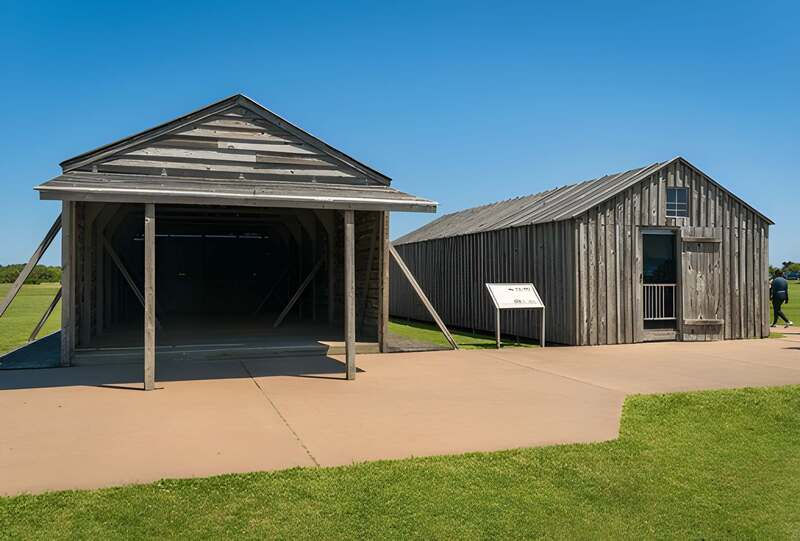Kitchen Designs: Essential Elements and Essential Tips for a Practical Layout
- Kiera Peterson
- Jan 7
- 3 min read
Is your kitchen working as hard as it could be? Are you inadvertently covering miles a day trekking between your fridge, cooker and sink? Do you find that essential tools and utensils are either out of reach when you need them, or in the way when you don’t? Could a more intuitive kitchen design revolutionise your meal preparation routine, or even boost your creativity in the kitchen? Let’s discover how in the blog post that follows!
The kitchen, often considered the heart of a home, requires a great deal of thought and planning. Its design should reflect not just your aesthetic preferences, but also your lifestyle, cooking habits, family size, and indeed, your personality. A balance has to be struck between design, function, and use of space.
Within this blog post, we will explore essential design elements to consider when assembling your ideal kitchen. We’ll tap into the rich vein of kitchen design wisdom, sharing tips for crafting a practical layout that is both beautiful and efficient. Ready to start your kitchen design journey? Let's delve in.

Choosing the Right Layout-
Start by considering the kitchen’s layout. This critical decision will determine the position of your core work areas: the storage (refrigerator), preparation (sink), and cooking (oven/hob).
This holy trinity of kitchen station configuration is also known as the 'Work Triangle'. Historically, this was thought to be the apex of kitchen efficiency - but modern living often calls for adjustments to this age-old design dictum.
Whether you choose a linear, L-shaped, galley, or open-plan layout, remember the goal - create a functional, welcoming space that works with, not against, your cooking habits.
Utilising Storage Smartly-
Adequate storage can make or break your kitchen experience. Do you have a pantry that’s overstuffed, or do you struggle with tiny drawers and cabinets? A good kitchen design optimises storage spaces to accommodate your needs.
Modular kitchens, built-in appliances, and bespoke units can maximise the use of vertical and corner spaces. For open shelving devotees, a well-considered arrangement can add to your kitchen's character while keeping your essentials close to hand.
Remember - clutter-free benchtops not only make your space look neater, but also provide ample room for preparation and cooking.
Importance of Lighting-
Kitchen lighting is often under prioritised, but it plays a crucial role in creating a well-functioning, inviting space. Task lighting needs to be directed where most needed - over the stove, sink and preparation areas.
Ambient or general lighting, such as pendants or ceiling lights, ensures an evenly lit space, while accent lighting can highlight open shelving or art. If possible, incorporate natural light into your kitchen design; it adds a dash of freshness and makes your kitchen an inviting place to spend time in.
Selecting Durable Materials-
When selecting materials for your kitchen, keep durability and maintenance in mind. Countertop materials such as quartz, granite, and hardwood are popular choices due to their durability and aesthetic appeal.
Consider the practicalities. Will your dream marble countertop withstand wine spills, or the hustle and bustle of a busy family? Will your chosen flooring material stand up to dropped knives or heavy pans? These are questions you must ask before making final selections.
Fitting In a Dining Area-
Including a dining area within your kitchen design can transform the space from a function-only room into the heart of your home. This could be in the form of a traditional kitchen table, a breakfast nook, or an island with bar stools.
A place to sip your morning coffee, entertain guests, or help your kids with homework as you cook - your kitchen can accommodate all these scenarios with some thoughtful planning.
Choosing Appliances-
When it comes to appliances, consider your cooking habits and lifestyle. Do you need a powerful extractor fan for your curry nights, or a double oven for your ambitious baking projects?
Energy-efficient appliances can save you money in the long run and are a sustainable choice. Integrated appliances create a sleek, seamless aesthetic, but standalone appliances can add character and charm, depending on your style.
In conclusion, a well-designed kitchen design encompasses many elements. From the right layout to smart storage, appropriate lighting, durable materials, a dining area, and the right appliances, each aspect plays an integral role in creating a functional, inviting space.
Keep in mind, your design must resonate with your lifestyle and needs. After all, a beautiful kitchen that doesn’t function well is like a stunning pair of shoes you can't walk in! Remember, creating your dream kitchen is a journey, so enjoy the process, however long it may take!



















Comments